Innovative Finance Mechanisms to Protect Water Resources in the Xin’an River Basin
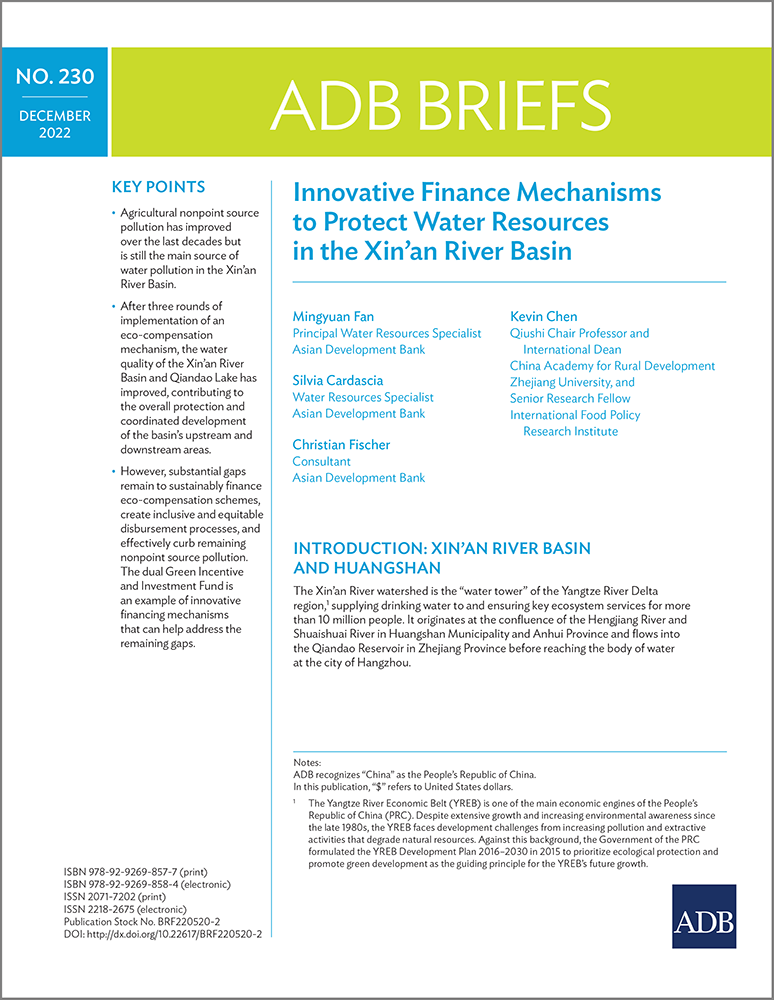

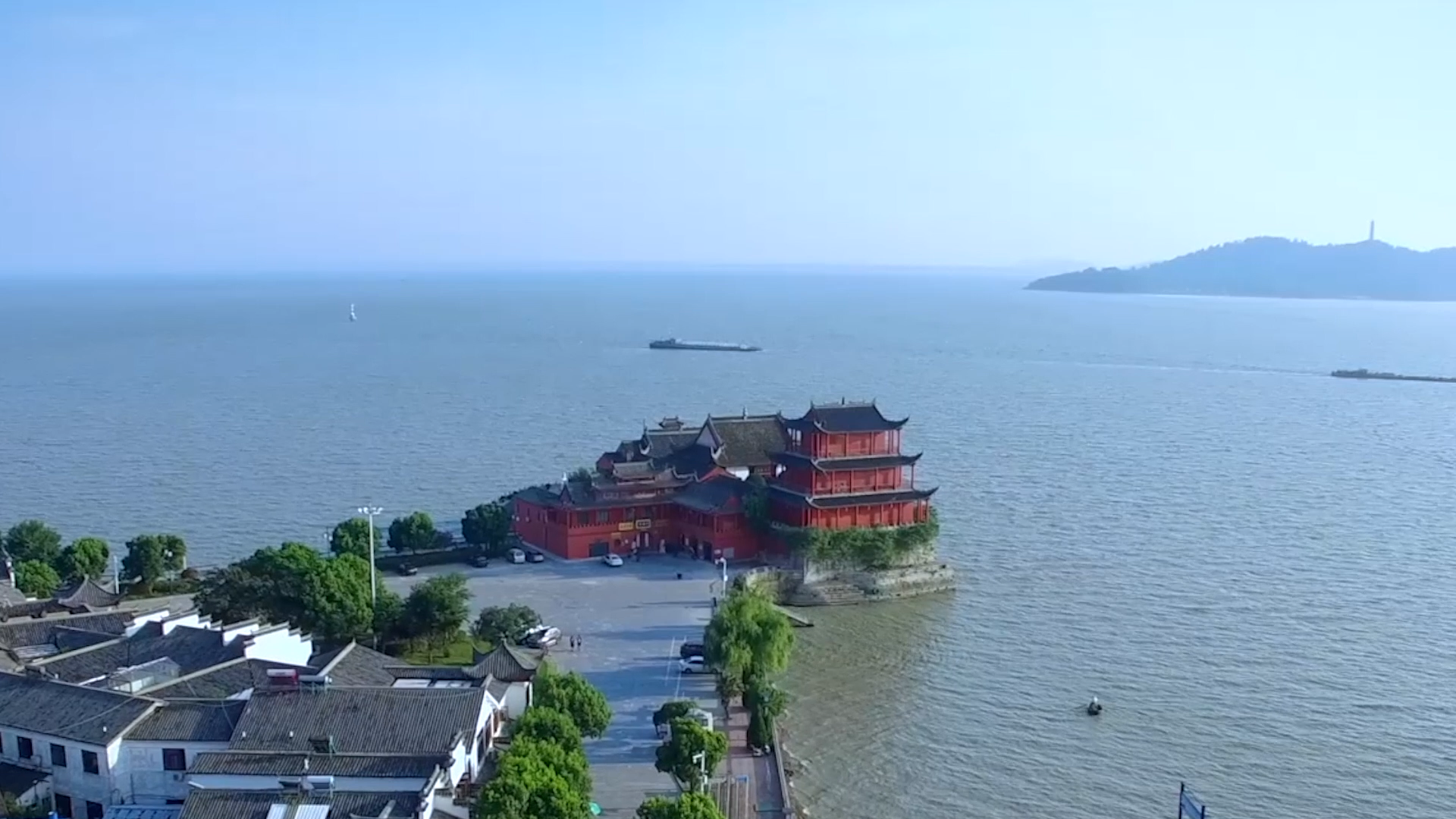
In this video series, project officers in ADB Resident Mission in the PRC share key successful factors, impacts, and lessons from four projects on (i) improving water quality in a city, (ii) rehabilitating a freshwater lake, (iii) modernizing agriculture production systems and improving environmental conditions of 48 counties across six provinces, and (iv) raising the quality of 13 public technical and vocational schools.
In this episode, Xin Shen, Senior Project Officer (Natural Resources and Agriculture), shares lessons from the Anhui Chao Lake Environmental Rehabilitation Project.
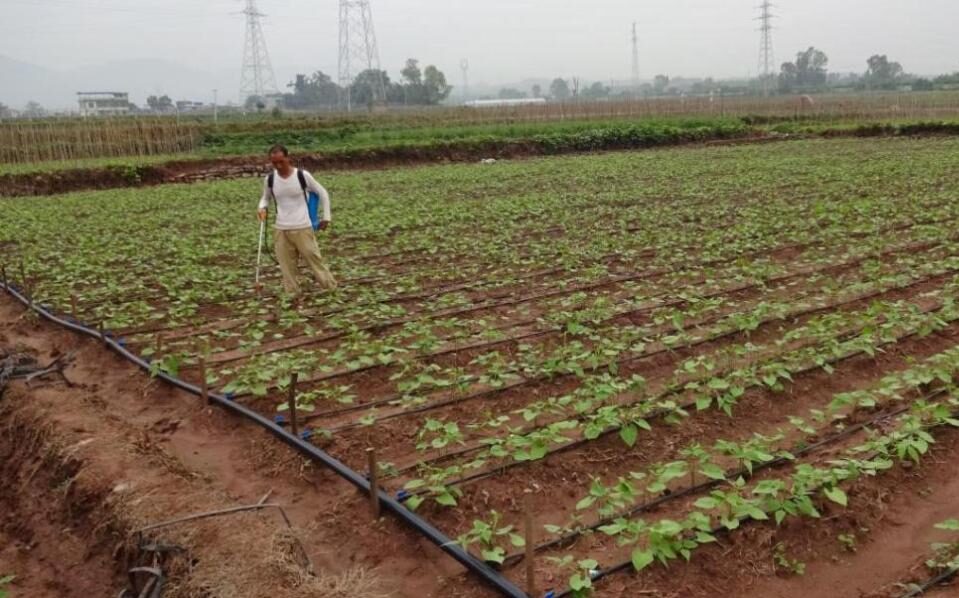

A public–private partnership project in the PRC improved farmers’ production and income by building an integrated smart irrigation system.
Overview
Located in the dry-hot valley of the Jinshajiang River, Yuanmou County in Yunnan province in the PRC has been plagued with serious water shortage which has hindered the progress of local agriculture and led to the rise of unsustainable irrigation practices.
A public–private partnership (PPP) project built an integrated distribution network to enhance water supply and utilization for irrigation in the county and developed a system to make its operation sustainable. The project improved farm production, raised the income of the farmers, and reduced water consumption and cost.
Project snapshot
Context
Yuanmou County is located north of the Central Yunnan Plateau and governs three towns and seven townships. Its largest sector is agriculture, and around 90% of the population are farmers. The county is rich in rice, vegetables, mango, longan, coffee, tamarind fruit, and other tropical and subtropical crops.
There are three reservoirs in the region, which can serve as water sources for irrigation. In addition, the annual per capita income of local farmers is over ¥8,000 ($1,153) and the average output value per hectare exceeds ¥150,000 ($21,623). These factors make Yuanmou economically ideal for the implementation of a water conservancy reform project under a PPP
Challenge
The annual demand for irrigation in Yuanmou is 92.279 million cubic meters (m³). However, only 66.382 million m³ of water is available each year. Only 55% of the 28,667 hectares of arable land in the county is irrigated. The people of Yuanmou have long been clamoring for solutions to this water crisis, but the local government has limited budget and capacity to undertake water conservancy efforts on top of its planned infrastructure projects.
Solutions
The PRC Government encourages the private sector to participate in the investment, construction, and operation of water conservancy projects via the PPP model as this could alleviate the financial and technical burden of the government in delivering better and timely public services.
Through competitive procurement, the local government of Yuanmou selected Dayu Irrigation Group Co., LTD. as the project partner of its Water Bureau in constructing a water network system for farmland irrigation. Dayu will operate this system for 20 years.
The project built an integrated water network system with the following components:
The project integrated smart water meters, electric valve, power supply system, wireless sensor, and wireless communication equipment to transmit information, such as crop water consumption, fertilizer amount, pesticide amount, soil moisture, weather change, safe operation of pipes and others, to the control center. A special application was developed which farmers can download and install on their mobile phones. The farmers can use the app to pay water fees and apply water from the control center. After collecting the water application information from the farmers, the control center works out water supply schedule and inform them via text messaging. Then, the farmers can use their mobile phones to operate local control valves for irrigation, fertilizer, and pesticide application. They can now get water on demand and save labor costs as well.
Aside from building infrastructure, the project also introduced data- and market-based mechanisms to make the integrated water network system sustainable.
Results
The project promoted the shift to a modern agriculture system that is effective in saving and maximizing the efficient use of water, fertilizer, time, and labor; and in increasing the income of farmers.
With the systematic drip technology, water utilization in the farmlands was made efficient. The average water consumption per hectare was reduced to 2,700–3,600 m³ from 9,000–12,000 m³. Aside from reducing the farmer’s workload, the use of drip irrigation pipes to apply chemical fertilizers and pesticides improved their utilization by 30%. This increased the agriculture production by 26.6% and farmers’ income by 17.4%.
The project also reduced the average water cost per hectare to ¥5,250 ($757) from ¥18,870 ($2,720). This encouraged the farmers to switch from traditional grain crops to high-value cash crops like economic forest fruits, such as mango, longan, grape and orange. This increased the income per hectare by more than¥75,000 yuan ($10,812).
The Special Purpose Vehicle, which relies on the water charge paid by the farmers, is expected to recover its investments in 5 to 7 years. Its return on investment is above 7%.
Effective monitoring and remediation of water quality, environment, and soil promoted responsible and green farm production. The use of chemical fertilizers and pesticides was minimized. These measures reduced non-point source pollution and made local agriculture more resilient to climate change.
Lessons
The engagement of private company is conducive to the transformation of government role from “athlete” to “referee.” Full market competition enables professionals to practice their expertise.
The business model of the project is complex and requires a strong comprehensive ability for project construction and operation.
The PPP project, covering a large area, demanding high investment, and using smart technologies, not only effectively reduces the pressure of government funds for one-time investment, but also ensures the construction completion in time and good operation performance.

Chief Advisor, China Public–Private Partnerships Center

Director General, Research Institute of Dayu Irrigation Group
This blog is reproduced from Development Asia.
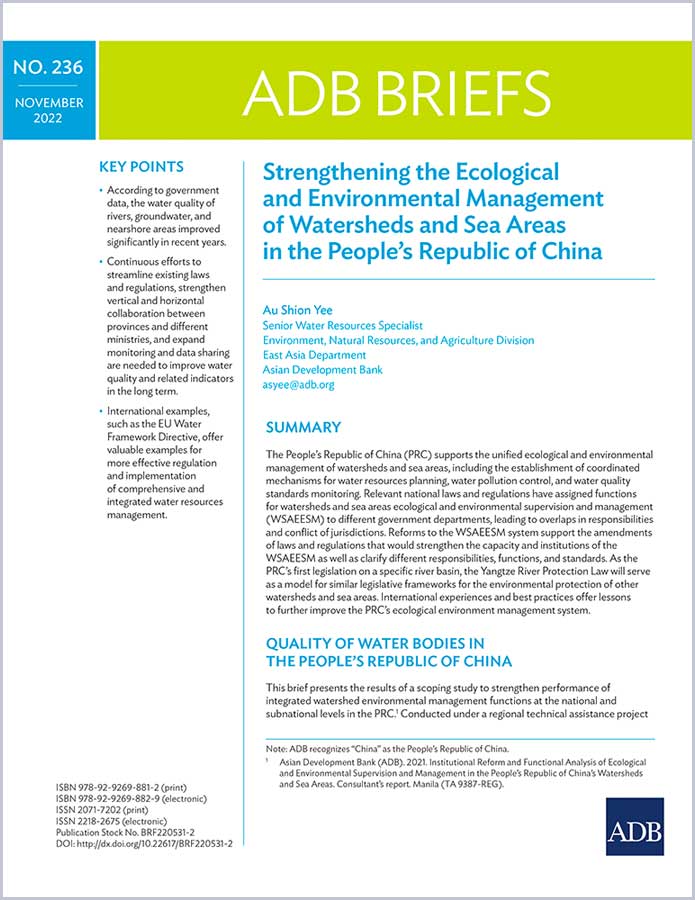
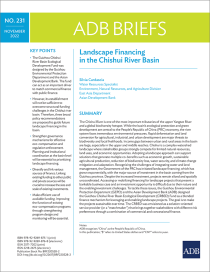
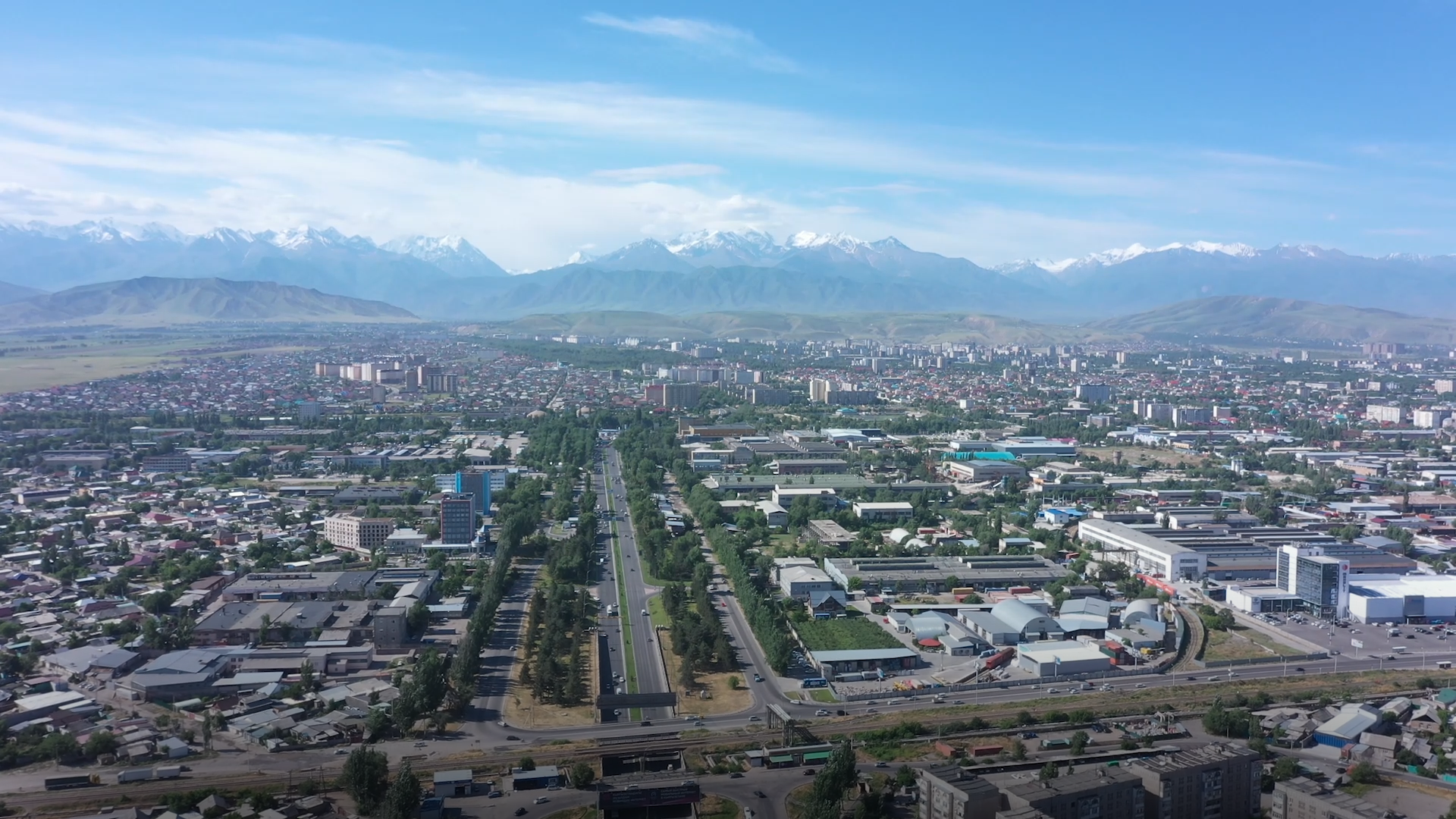
In the past decade, the CAREC region had progressed toward a greater degree of cooperation and witnessed a wider extent of development in its trade and trade facilitation. Despite the challenges it faces due to geographic constraints—being landlocked and located far from blue-water seaports—many important international and regional initiatives contributed to shaping its trade flows and affected performance of its six priority transport corridors.
The coronavirus pandemic that disrupted businesses and international trade in 2020 has greatly impacted border crossing efficiency and reliability due to additional epidemiological measures and quarantine inspections and clearances.
The “Trade Facilitation in CAREC: A 10-year CPMM perspective” identifies the main trade impediments that need attention and resolution in the region. Given these constraints, the Asian Development Bank, through the CAREC program, formulates actions to address the issues both at regional and national levels, with the support from the Regional Cooperation and Integration Fund.
Related event: Trade Facilitation in CAREC: A 10-year CPMM Perspective.
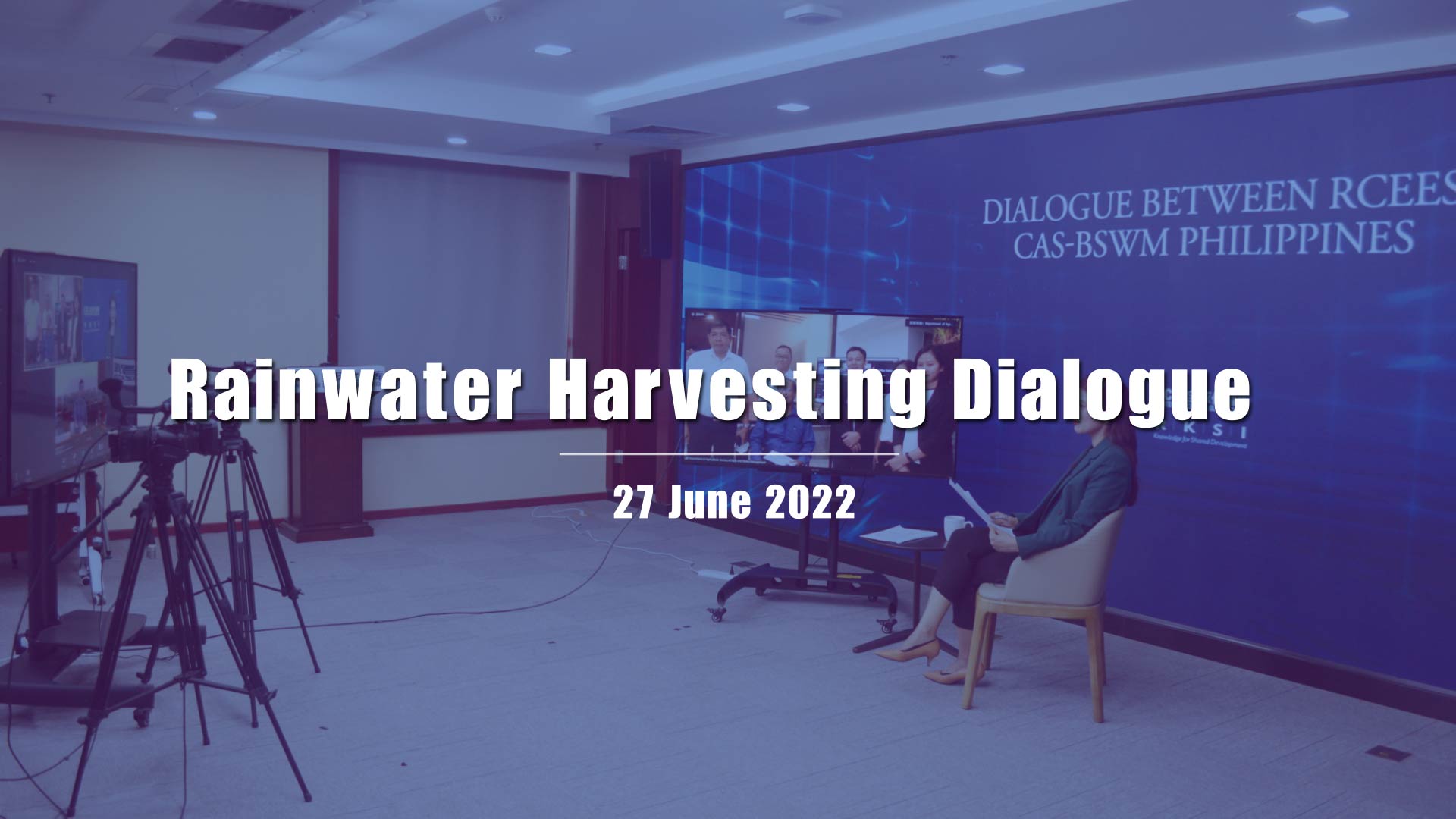
This video promotes knowledge sharing on rainwater harvesting between the Philippines’ Bureau of Soil and Water Management (BSWM) and the PRC’s Research Center for Eco-Environmental Sciences, Chinese Academy of Sciences (RCEES, CAS). BSWM identified key areas where RCEES’ expertise on rainwater harvesting can support the Philippine government’s program to utilize rainwater in solving water scarcity. With support from RKSI, RCEES and BSWM will explore further collaborations such as technical trainings on rainwater harvesting.
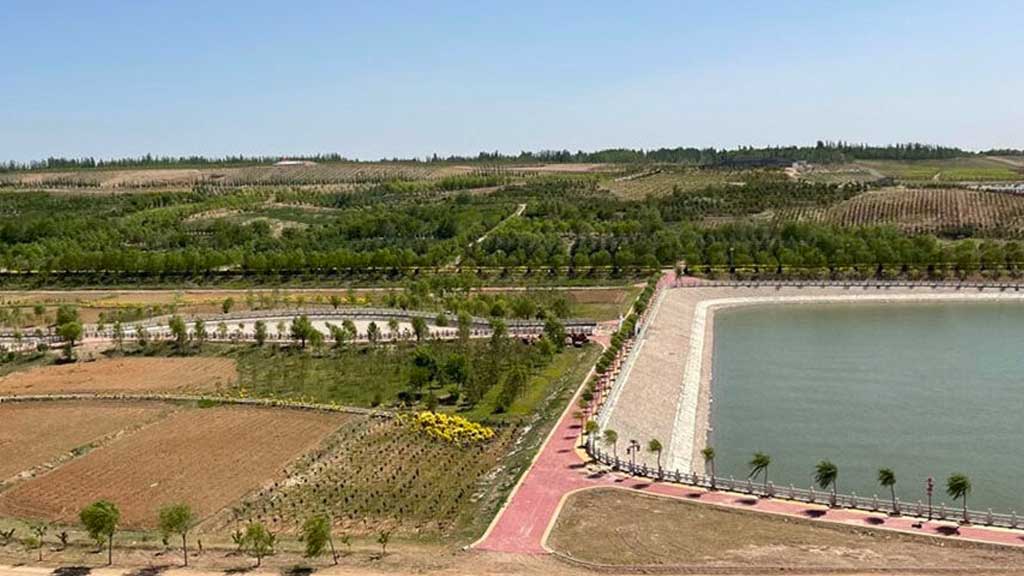
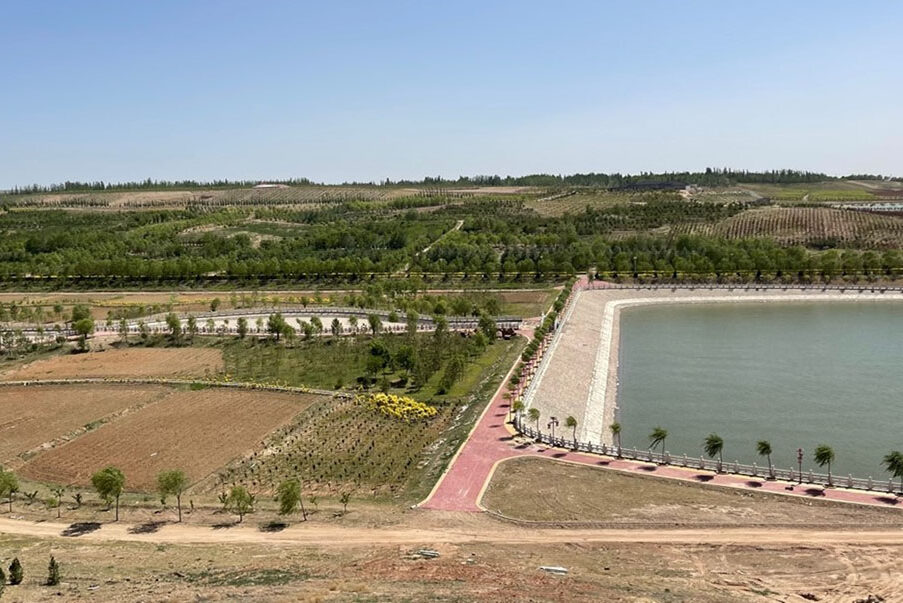
Sustainable farming and efficient water use can enhance high-value crop production and increase farmers’ income even in harsh environments.
Overview
A high poverty rate in rural areas of the Ningxia Hui Autonomous Region made it one of the priority regions for poverty alleviation in the PRC. Rural poverty is attributed to water scarcity, poor agriculture infrastructure, and unsustainable farming practices.
Since the late 1990s, the government has been promoting the growing of horticultural crops to improve farm productivity and income. A project funded by the ADB has helped Ningxia to increase its agricultural production by establishing modern farms, promoting sustainable farming practices, adopting water-saving irrigation systems, and enhancing local capacity.
Project information
44035-014: Ningxia Irrigated Agriculture and Water Conservation Demonstration Project
Project snapshot
Context
Located in the northwest region, Ningxia has a total area of 66,400 square kilometers and a population of 6.2 million, of which 2.2 million (36%) belong to the Hui minority. The region is largely arid and semiarid (annual precipitation is less than 200 millimeters on average), with dry and harsh winters and hot summers.
Ningxia lags in terms of income and people’s well-being. At the time of project preparation in 2010, the region’s per capita gross domestic product (GDP) was CNY26,860 (about $4,000 today), below the national average GDP of CNY29,762. Income gaps persist as the average urban income was more than three times that of rural income. In 2011, more than one million people or about 25.6% of the region’s rural population were living below the national poverty line.
Agriculture is one of the main sources of income in the region. In the late 1990s, the government started promoting the planting of horticulture and high-value crops such as grapes, goji berry, and Chinese dates to help increase production and improve rural incomes.
Development Challenges
Poor land management practices and limited modern agricultural technologies and infrastructure have restrained the potential of farming, especially the value-addition of horticulture, in Ningxia.
Water resources are limited but flood irrigation is still widely practiced even for horticultural crops, resulting in huge volumes of water wasted in the fields and irrigation channels. In addition, extreme weather, such as a severe drought or flood, affects the productivity of vineyards and orchards in the region. More efficient water use is required to adapt to climate change impacts.
Solutions
The ADB-financed project helped to expand water-saving irrigation in agricultural development, promote sustainable farming practices, and strengthen the agricultural value chain through partnering enterprises with farmer households (mainly for grape growing) in Ningxia especially in Yinchuan, Ningxia State Farm, Hongsipu district, and Tongxin county.
Water-saving irrigation systems replaced traditional flood irrigation in the targeted vineyards and orchards. The systems comprise a storage pool supplying water, pipe networks, and pump stations that automatically regulate the flow and distribution of water to the fields. The drip irrigation pipes or hoses are placed on the fields on the plant root zone. Dissolved fertilizers are delivered to the crop through the irrigation system based on the soil testing results and application schedule. The improved irrigation systems reduced the water use to 70%–80% and the application of chemical fertilizers to about 50%–60%. The total irrigated area increased by 2,695 hectares—2,133 ha of vineyards, orchards, and water conservation farms; and 562 ha of shelterbelts.
The project established 180 ha and rehabilitated 823 ha of vineyards in Ningxia State Farm through improved farming practices, such as the application of organic fertilizers and integrated pesticide management. Vineyards were established in Hongsipu district (for fine wine making) and orchards of yellow-horn and Chinese dates in Tongxin county. Yellow-horn contain unsaturated fatty acids of up to 94%, making it suitable for high-end cooking oil production. Two demonstration farms were developed in Yinchuan: (i) a water-saving and conservation demonstration farm (440 ha) testing various practices, including protected agriculture (greenhouses) using automatic control systems; and (ii) a comprehensive modern agriculture farm (143 ha) showcasing farming practices for various plants and crops, integrated agrotourism, and protected agriculture facilities.
Two farms (Yuquanying and Nuanquan of the State Farm) were equipped with grape processing facility capable of crushing, pressing, and juice storing. Both also have monitoring systems. These became operational in 2018.
The water-saving irrigation and new farming technologies, such as protected agriculture, integrated fertilizer management, and contouring have been applied extensively in the project areas. The Ningxia State Farm has mainstreamed the quality monitoring and control system for its vineyards and wineries. The water use associations are extensively involved in irrigation management. More than 8,600 farmers were trained in water and soil conservation, sustainable horticultural management, and plant disease prevention and pesticide management. The capacities of cooperatives and water use associations were enhanced in sustainable horticultural management.
Results
The annual water savings reached about 3.11 million cubic meters (m3), with a significant decrease of water use from about 18,000 m3 per hectare under traditional flooding irrigation to 4,500 m3 per hectare.
The percentage of land under water conservation irrigation to total irrigated land in Ningxia Hui increased to 49% in 2020 (313,330 ha to 646,660 ha) from 19% in 2010 (89,000 ha to 466,660 ha).
Improved agriculture production has nearly tripled the average per capita rural income to CNY13,889 in 2020 from CNY4,675 in 2010. All grapes produced from the project vineyards have met the quality standards for associated wineries in Ningxia. At the project completion in 2020, the annual grape production increased to 3,720 tons or 169% of the original target. Chinese dates production also reached its target of 1,810 tons. The project also supported high-value agriculture, such as yellow-horn in Tongxin county, and protected agriculture in Yinchuan.
The demonstration farms showed promising agricultural development and high-value agriculture, which are likely to contribute to rural income improvement.
The coverage of expanded vegetation also increased carbon sequestration and soil carbon stock.
Lessons
Improvements in water use efficiency can support agriculture development without increasing water consumption. Crop lands could be expanded and irrigated by using water saved from existing agriculture and by applying highly efficient irrigation systems.
Water-saving technologies promote climate-resilient agricultural practices, particularly in dryland areas.
Modern agricultural farms, including the promotion of high-value crops such as grapes and yellow-horn and protected agriculture, can be effective models to increase productivity and farmers’ income and significantly contribute to poverty alleviation in the region.
Asian Development Bank (ADB). 2012. Report and Recommendation of the President to the Board of Directors: Proposed Loan to the People’s Republic of China for the Ningxia Irrigated Agriculture and Water Conservation Demonstration Project. Manila.
ADB. 2022. Completion Report: Ningxia Irrigated Agriculture and Water Conservation Demonstration Project in the People’s Republic of China. Manila.

Senior Project Officer (Environment), East Asia Department, ADB
This blog is reproduced from Development Asia.
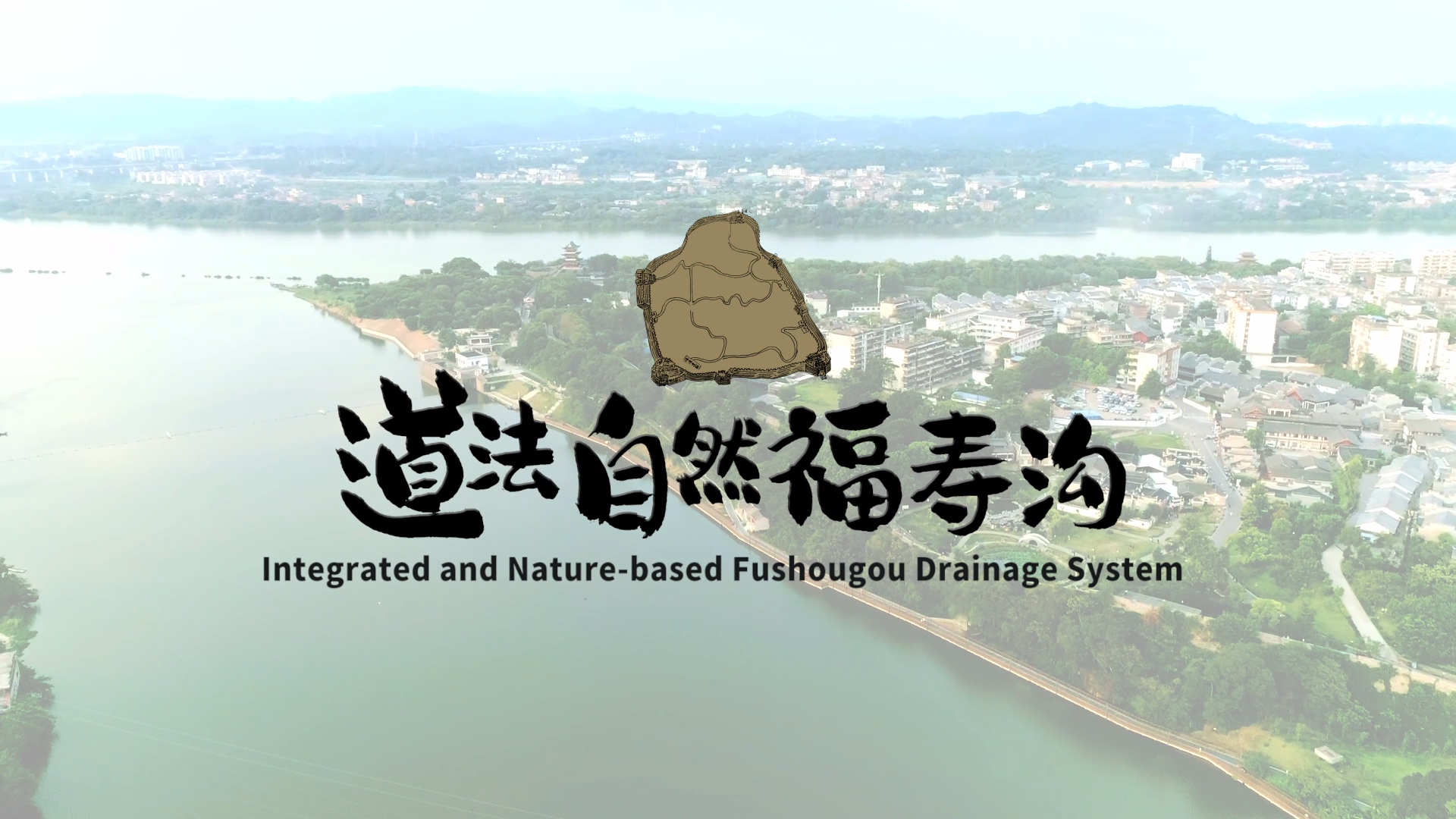
Fushougou drainage system was built over 900 years ago but still in use today. The system adopts nature-based solutions and the sponge city concept in managing sewage, stormwater, and floods. Its indigenous and innovative design integrates grey and green infrastructures, fosters urban ecosystem, and improves micro-climate and people’s wellbeing.
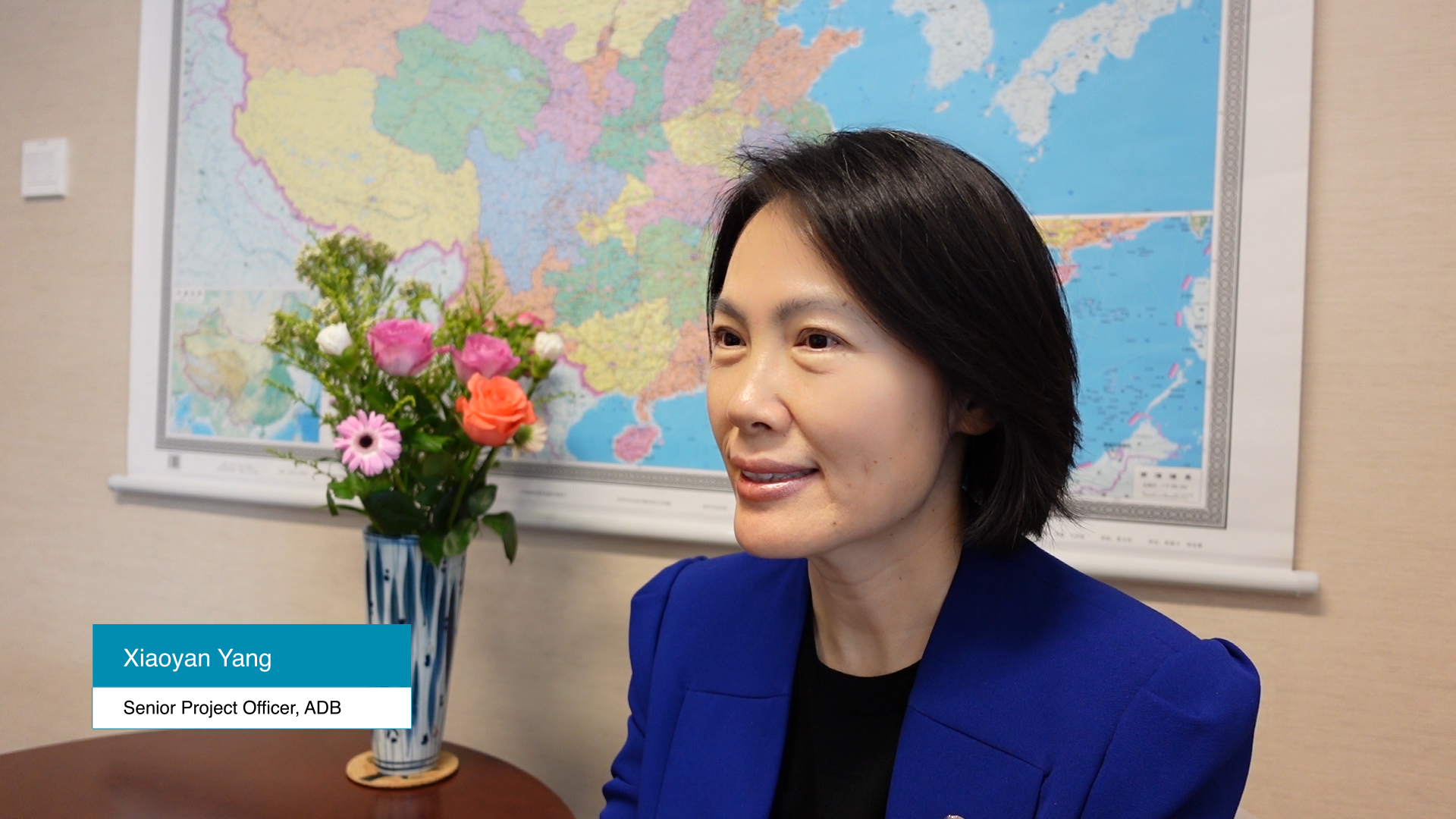
Xiaoyan Yang, Senior Project Officer, ADB, will share the ancient Chinese wisdom behind the Fushougou drainage system built over 900 years ago and is still in use today. The system adopts nature-based solutions and the sponge city concept in managing sewage, stormwater, and floods. Its indigenous and innovative design integrates grey and green infrastructures, fosters urban ecosystem, and improves micro-climate and people’s wellbeing.
© 2025 Regional Knowledge Sharing Initiative. The views expressed on this website are those of the authors and presenters and do not necessarily reflect the views and policies of the Asian Development Bank (ADB), its Board of Governors, or the governments they represent. ADB does not guarantee the accuracy of the data in any documents and materials posted on this website and accepts no responsibility for any consequence of their use. By making any designation of or reference to a particular territory or geographic area, or by using the term “country” in any documents posted on this website, ADB does not intend to make any judgments as to the legal or other status of any territory or area.
